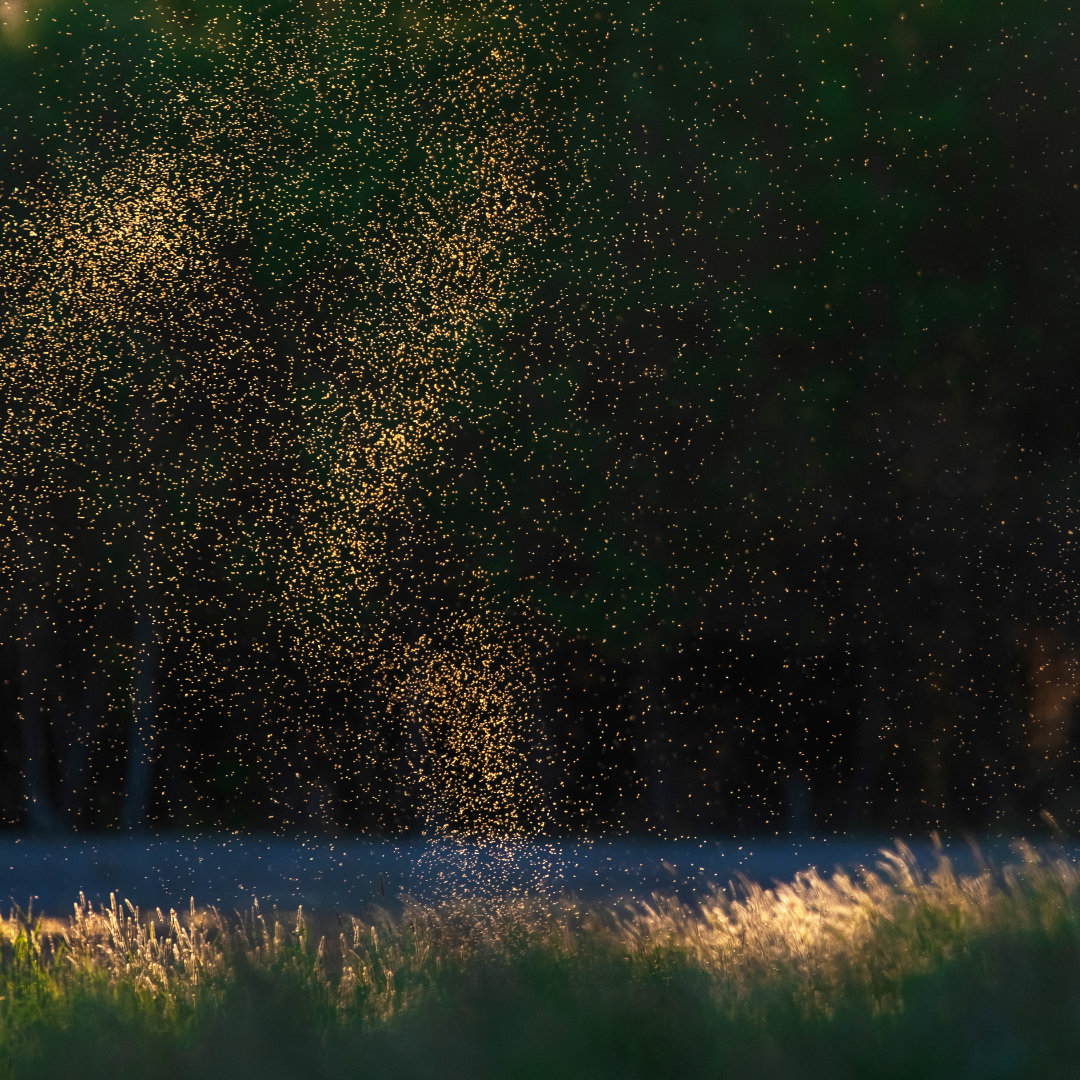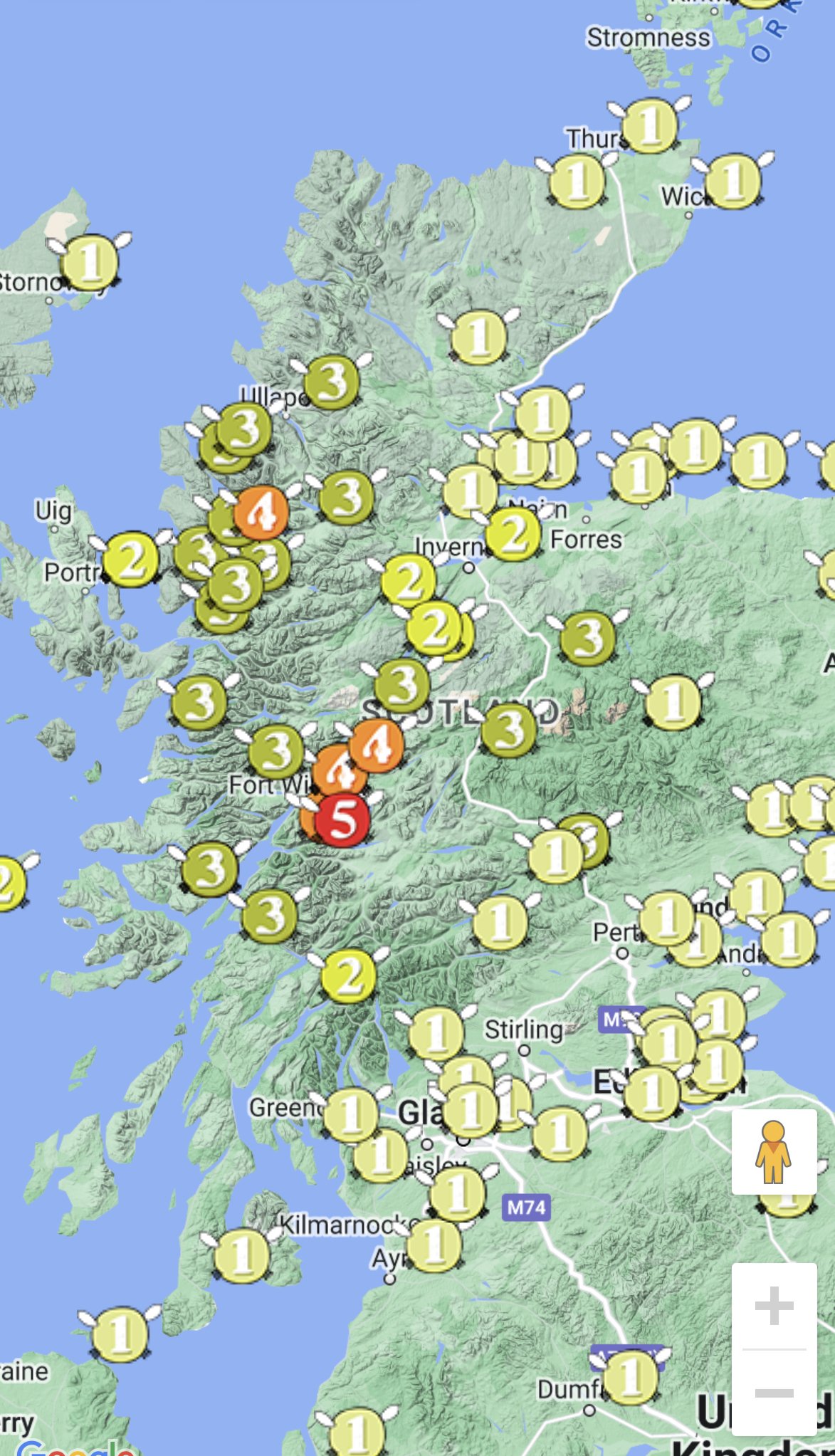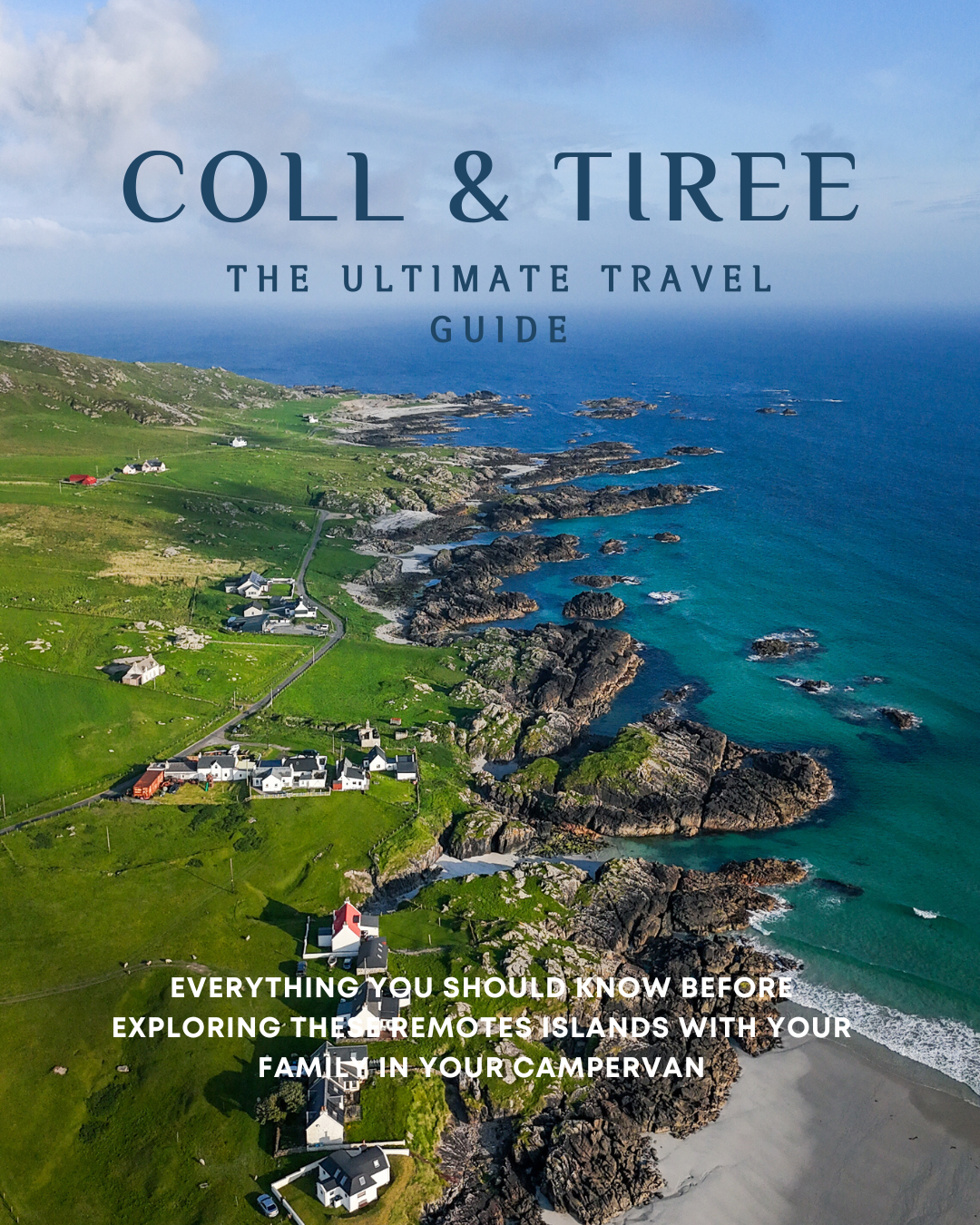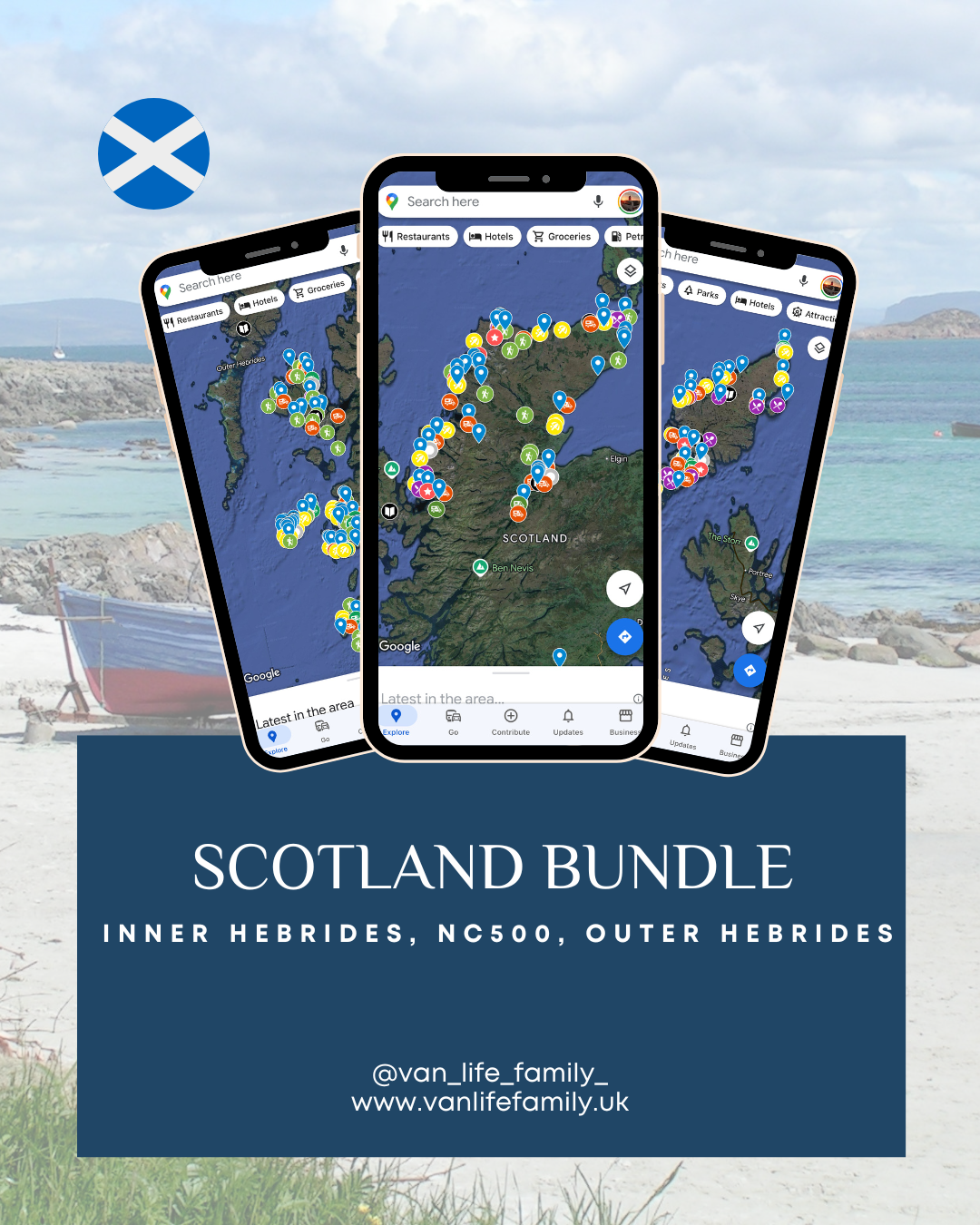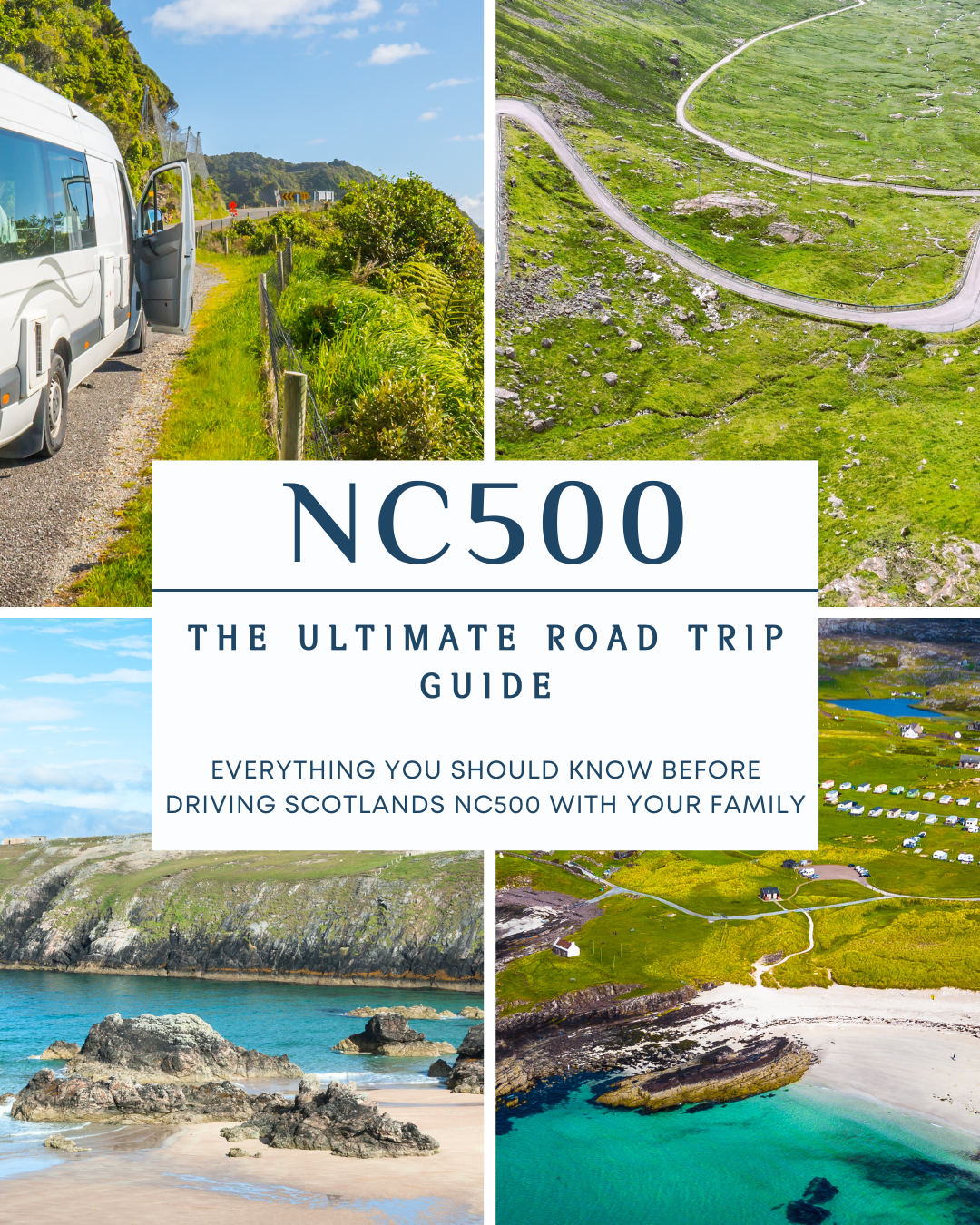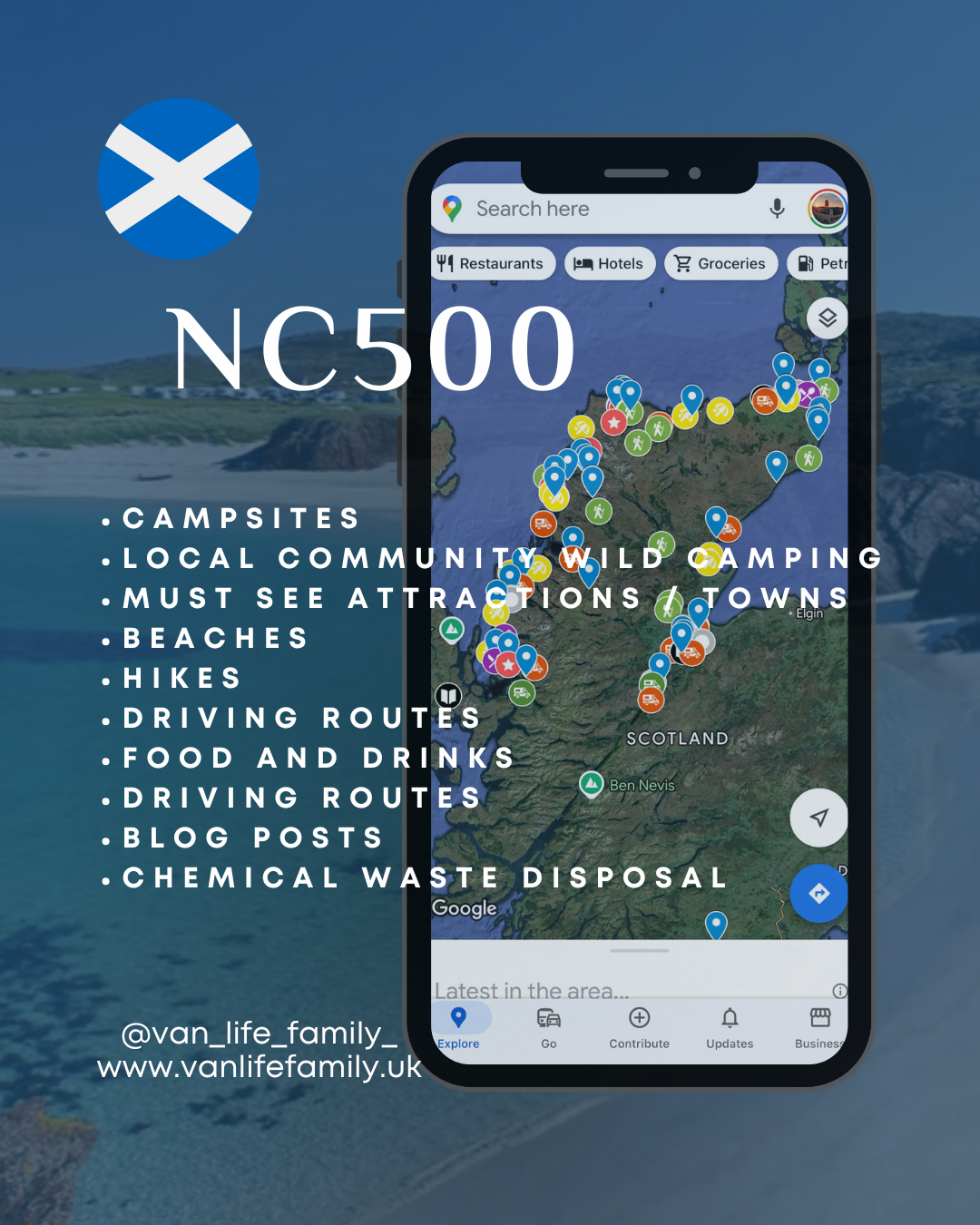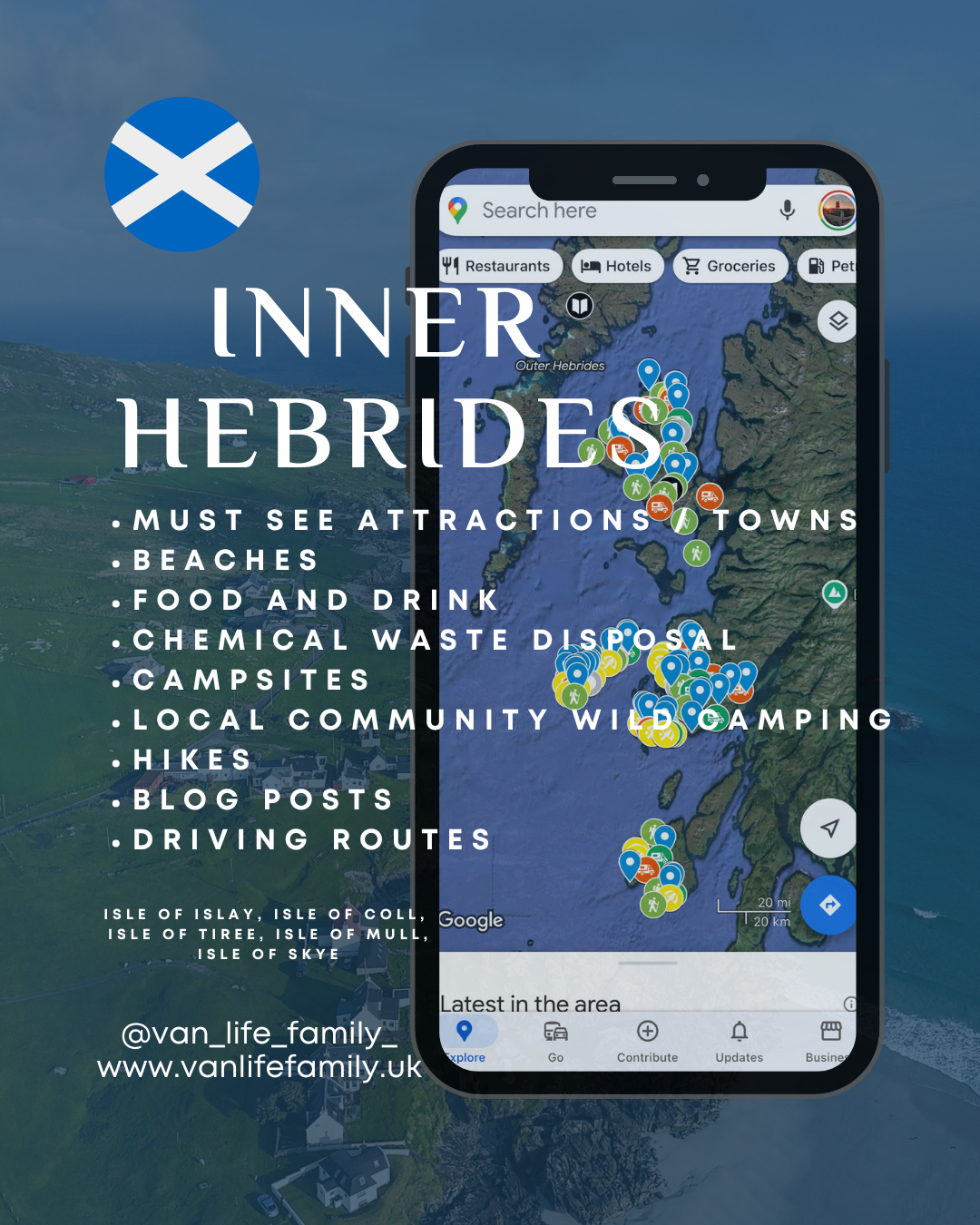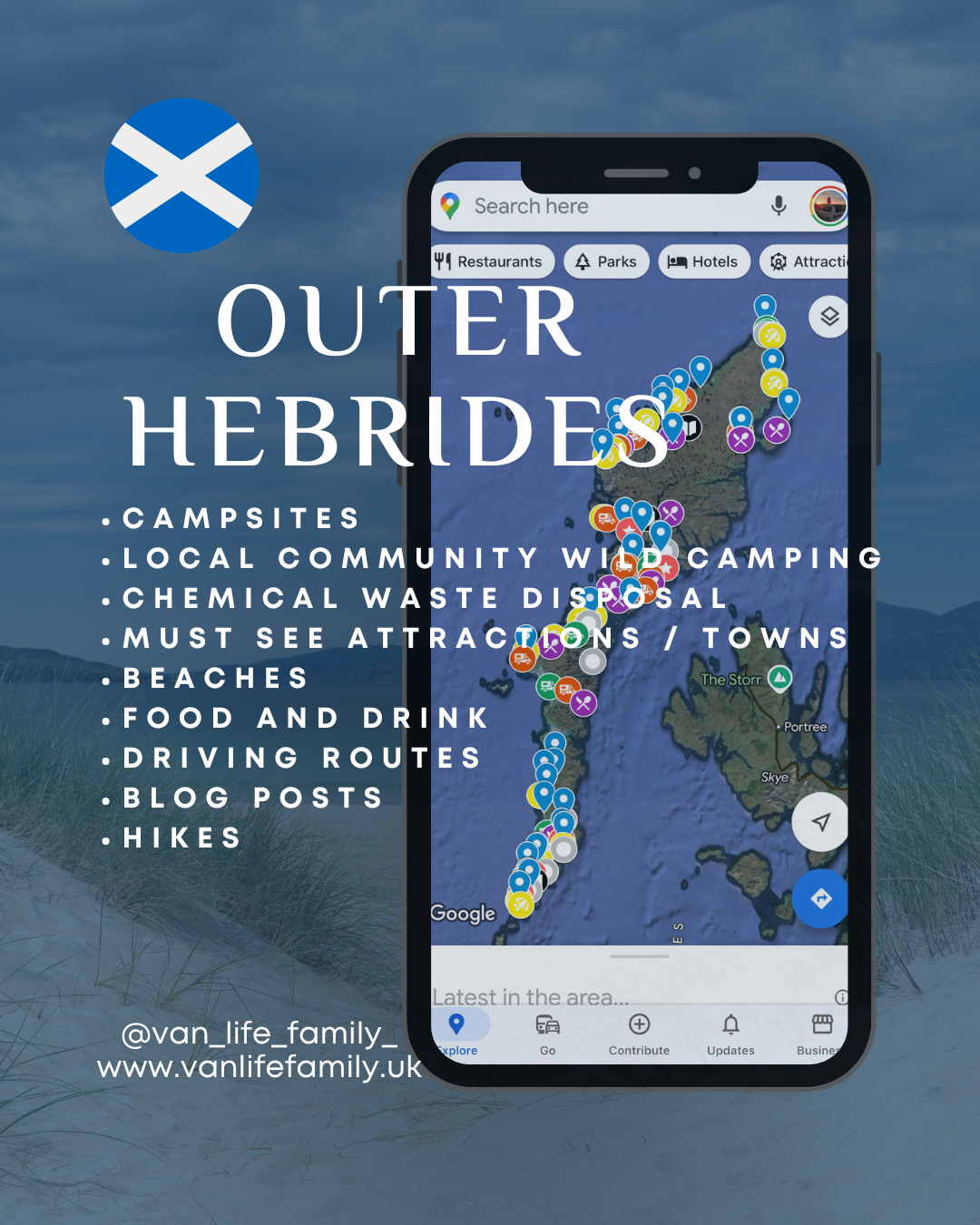A Guide to Midges in Scotland: 5 Essential Tips for Campervan and Motorhome Travellers
Scotland’s breathtaking landscapes, rich history and incredible outdoor experiences make it a top destination for campervan and motorhome travellers. However, if you're planning a trip between May and September, one tiny but relentless nuisance could impact your adventure - the dreaded Scottish midge. These tiny, biting insects can quickly turn a peaceful evening into an itchy nightmare. But don’t let midges put you off exploring Scotland’s wild beauty! With the right preventative measures, you can enjoy your road trip with minimal disruption.
If you're heading to Scotland in your campervan or motorhome, especially along the NC500 or the Outer Hebrides, here’s what you need to know about midges and how to keep them at bay.
1. Invest in Midge-Proofing Equipment
Before setting off on your Scottish road trip, consider midge-proofing your campervan. Installing fine-mesh screens on your vehicle's windows and doors can help keep midges out while allowing airflow. This simple addition can make a significant difference, providing a sanctuary inside your campervan.
Recommended products include Sarah’s Mosquito Nets, or if you're feeling crafty, you can make your own using fine mesh fabric.
2. Use Insect Repellents
An effective midge repellent is an essential item in your packing list. Look for repellents containing DEET or Picaridin, which are known to be the most effective against midges. Apply repellent to exposed skin, especially on your arms, ankles, and neck. Additionally, using a midge-repellent spray in your campervan's living and sleeping areas can further enhance protection.
For a natural alternative, some travellers swear by Avon Skin So Soft, although results may vary.
3. Dress Smartly to Minimize Bites
The right clothing can significantly reduce the risk of getting bitten. Opt for:
Long-sleeved tops and long trousers to cover as much skin as possible.
Light-colored clothing, as midges are more attracted to darker shades.
A wide-brimmed hat or head net, particularly useful in peak midge conditions.
It may seem extreme, but seasoned Scotland travellers know that full coverage is the best way to prevent midge bites, especially in areas like the Highlands and the Isle of Skye.
4. Plan Activities Around Midge Activity
Midges are most active at dawn and dusk, particularly in humid and still conditions. To minimize encounters:
Schedule outdoor activities for midday when midges are less active.
Stay in open, breezy locations where midges struggle to fly.
Check the Midge Forecast before heading out to anticipate peak times and affected areas. You can view the latest midge forecast here.
5. Choose Your Campsites Wisely
When selecting campsites, consider their location carefully. Midges thrive near stagnant water, such as marshes, ponds, and lochs. Instead, opt for campsites in coastal areas, hilltops, or open windy spots, where midges struggle to linger.
If you’re travelling the NC500, check out our guide: The Ultimate Guide to Family Camping on the NC500: Top 10 Sites Revealed. For other family-friendly campsites across Scotland, visit: 10 of the Best Family-Friendly Campsites in Scotland.
Enjoy a Midge-Free Adventure in Scotland
Exploring Scotland in a campervan or motorhome is an unforgettable experience and midges shouldn't hold you back. By following these preventative measures, you can minimize their impact and focus on enjoying the spectacular landscapes and unique adventures Scotland has to offer.
If you're planning to visit the Outer Hebrides, don't miss our travel guide: Exploring the Isle of Harris and Lewis with a Campervan or 10 of the Best Campsites in the Outer Hebrides.
Happy travels, and may your Scottish adventure be itch-free!
